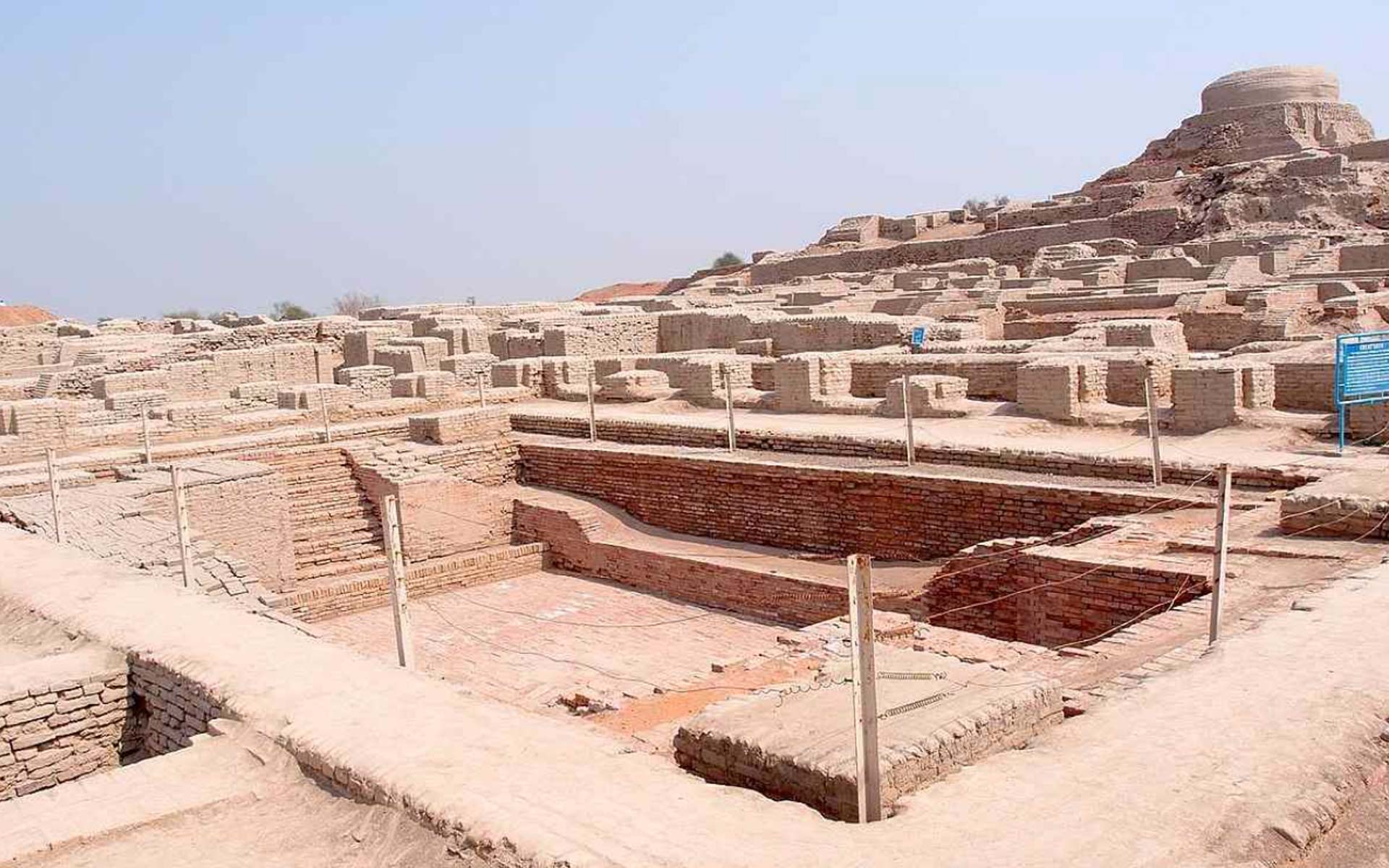
In Rohtak
Ancient Site of Farmana
The site has yielded the relics of the proto-historic period including early Harappan, Harappan, late Harappan, Painted Grey Ware and early historical wares. The excavation at the site was conducted under the guidance of Prof. Vasant Shinde of Deccan College, Pune, Prof Toshiki Osada of Research Institute for Humanity and Nature, Kyoto, Japan and Prof. Manmohan Kumar of Maharishi Dayanand University, Rohtak.
- Location: Village-Farmana, Tehsil-Meham, District-Rohtak
- Situation: Situated in the jurisdiction of three villages-Farmana, Seman and Bhaini Chandrapal (Badi Bhaini) and popularly known as Dakshkhera.
- Under Protection of : Haryana Government
- Period: Circa 3500-2000 BC (Early Harappan Culture)
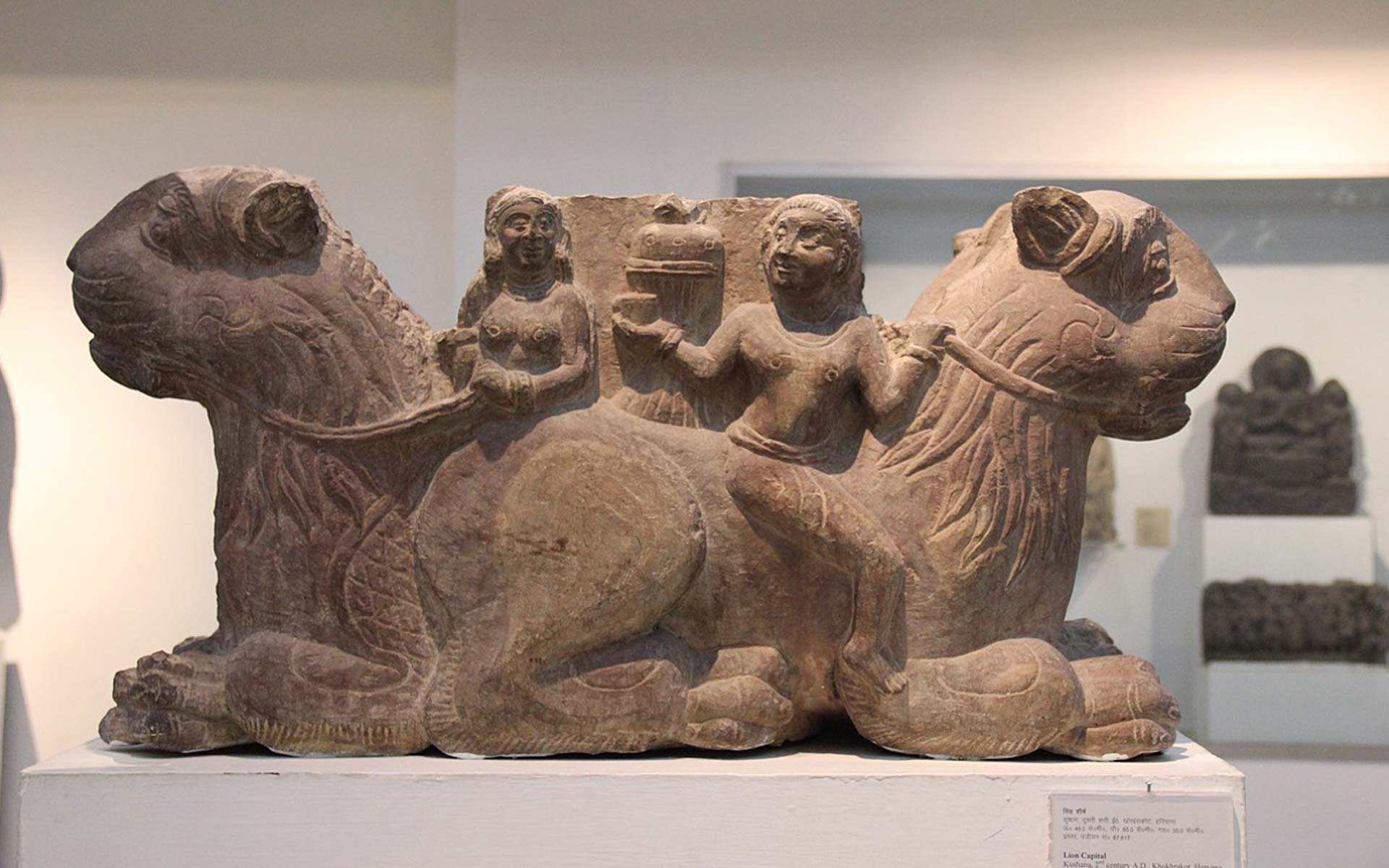
In Rohtak
Ancient Site of Khokhrakot
The ancient mound, locally known as Khokhrakot, is identified with the historical town of Rohitika-Rohtak, the present name is derived from its ancient identity. It finds mention in the great epic Mahabharata and the Painted Grey Ware, a class of pottery associated with epic age, was found in the archaeological excavations, is the testimony of its antiquity. This site was the capital of Yaudheya Republic. Sculptures, coins, terracotta figurines and other smaller objects ranging from 8th century BC to 11th century AD have been found here. As tradition goes, this town was re-established by a famous ruler. This site was jointly excavated by Prof Manmohan Kumar of Maharshi Dayanand University, Rohtak and Shri J.S.Khatri of the Department of Archaeology & Museums, Government of Haryana.
- Location: Rohtak, District-Rohtak
- Situation: Located in the heart of the Rohtak City
- Under Protection of : Government of India
- Period: Circa 800 BC to 10-11th century AD
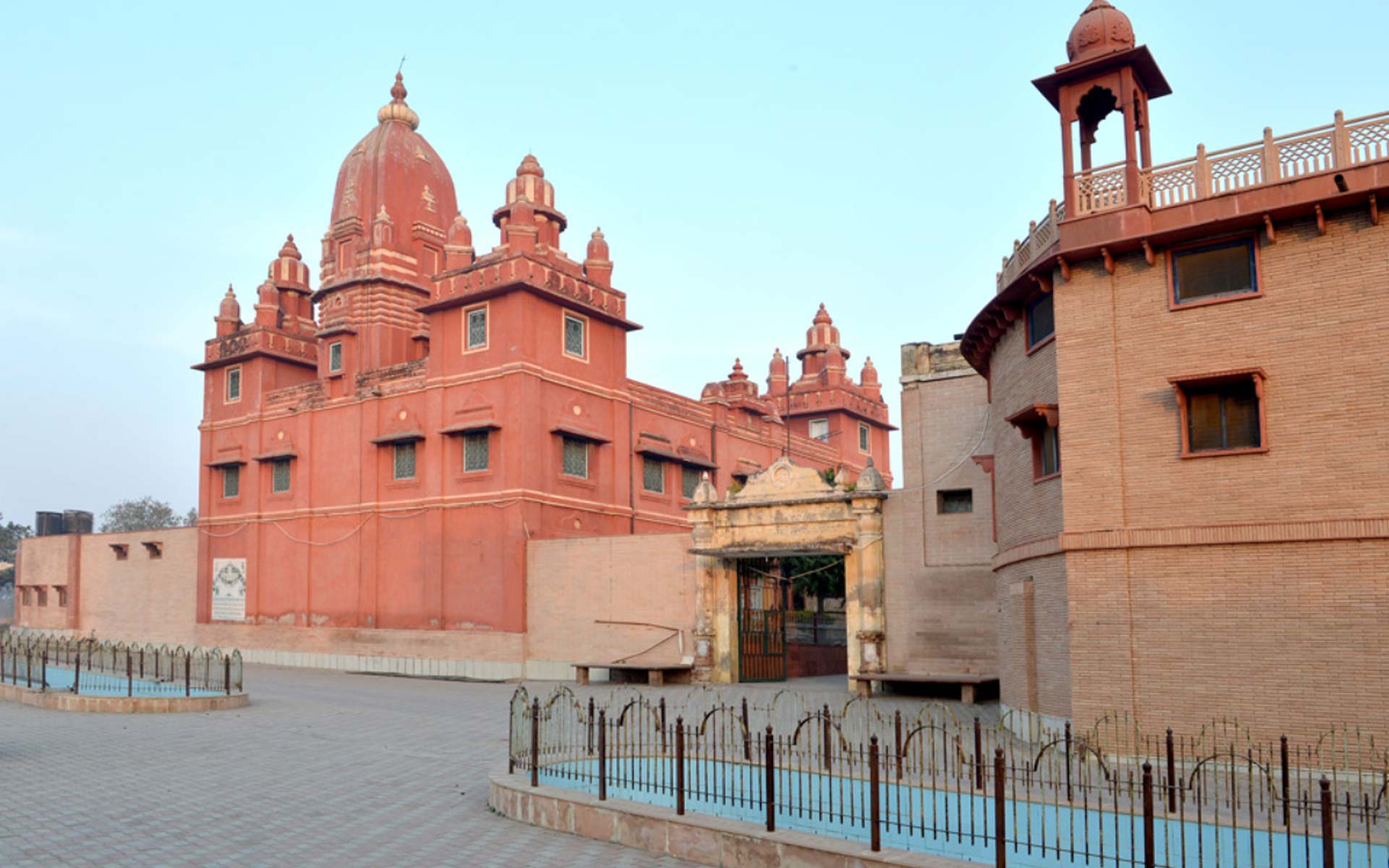
In Rohtak
Asthal Bohar
Asthal Bohar is stuated 6 to 7 kms. east of Rohtak city on Rohtak-Delhi N.H. 10, the place is known for its math and ancient finds like sculptured stone idols. According to a legend, Pooran Bhagat of Sialkot and disciple of Guru Gorakhnath, came here and founded this place. After being neglected, the math was revived in 1791, when Baba Mast Nath came here. Now there is an Ayurvedic degree college, free hospital, Business Management Institute, engineering college and other institutions being run by the math.
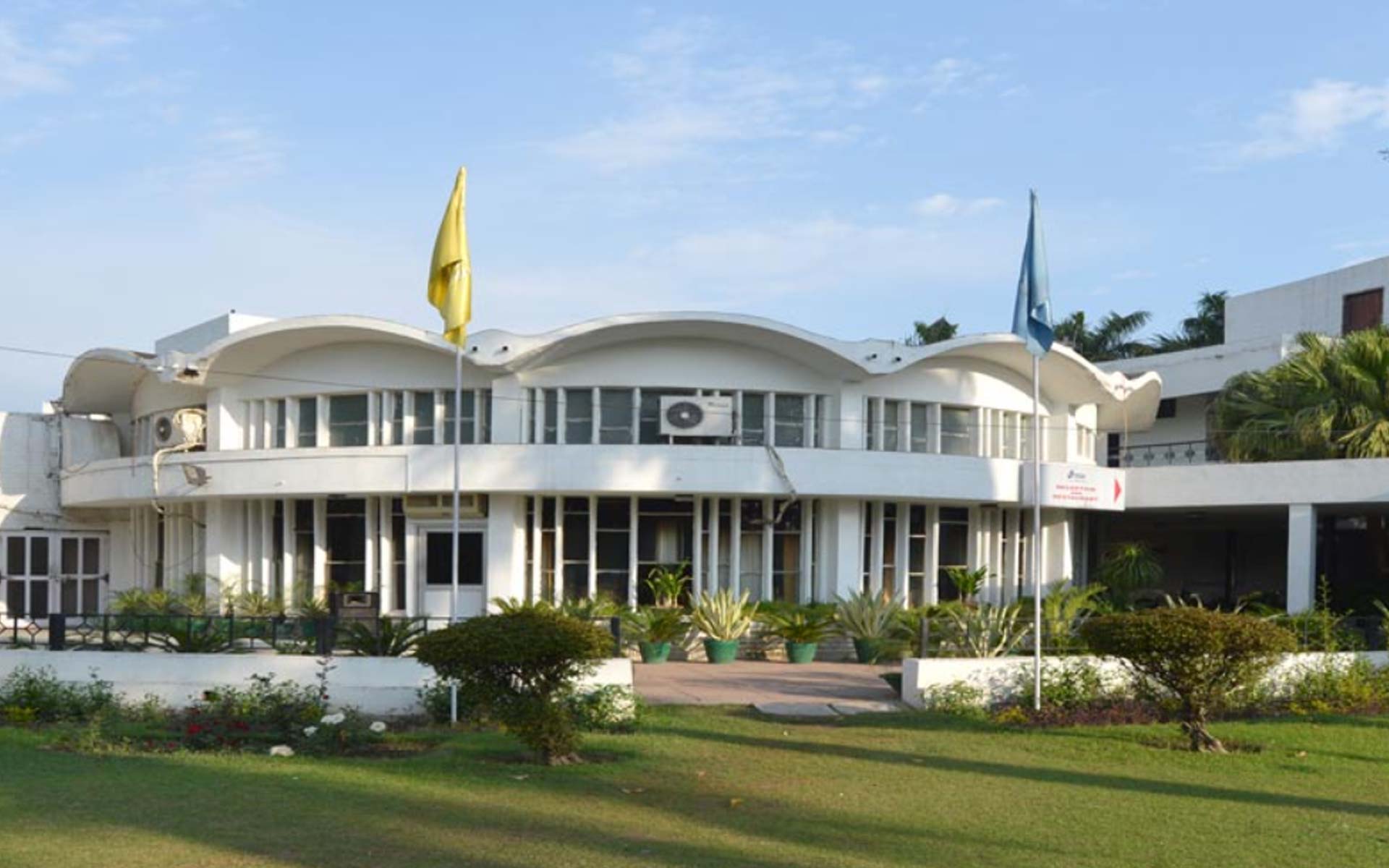
In Rohtak
Tilyar Convention Centre
Tilyar Tourist Complex, Rohtak, has a convention centre with a capacity of more than 1,000 persons. The complex is built on sprawling 142 acres and is situated on Rohtak-Delhi National Highway No. 10.
The Convention Centre has an in-built stage, central air-conditioning system, two committee rooms, two guest rooms, one changing room and three well-furnished modern kitchens. The unique features of the Convention Centre are the party terrace that can accommodate a gathering of 500 guests, concrete parking for 300 vehicles to facilitate traffic movement and two-acres spacious well-landscaped green lawns.
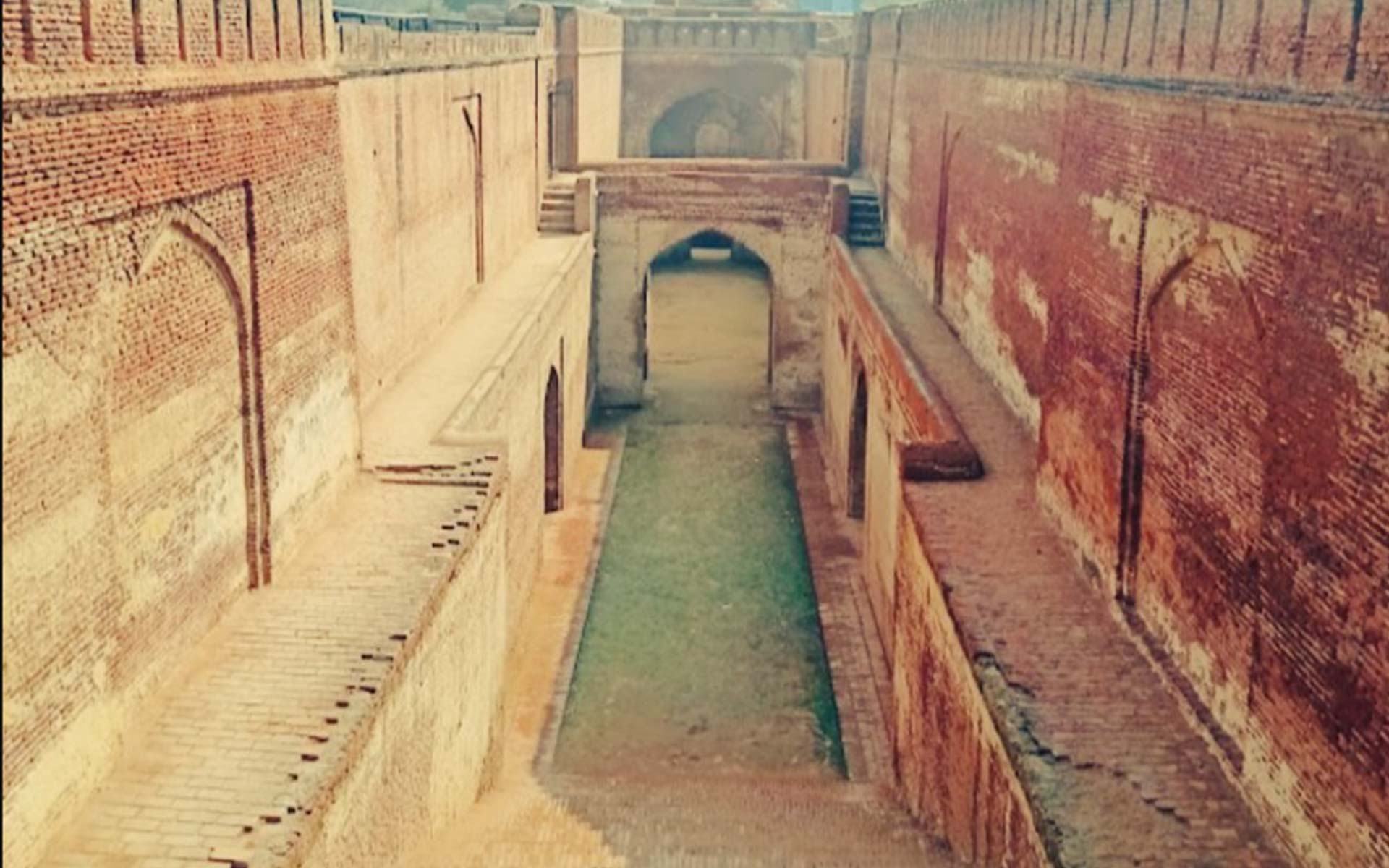
In Rohtak
Shahjahan Ki Baoli
- Location: Meham, District-Rohtak
- Situation: Approximately half a kilometre from Meham on the Bhiwani-Meham road in Mohalla Kishangarh.
- Under Protection of : Government of India
- Period: 1658-59 AD
This baoli (water tank with a well) is populary known as Choron ki baoli. This baoli is possibly the finest and the best such monument preserved in Haryana. According to an inscription on the well, it was built by Saidu Kala, a chobdar in the service of Emperor Shah Jahan, in 1658-59 AD. It is an elaborate structure of bricks and kankar blocks, has 101 steps extending in three stages, separated by landings and leading to the water reservoir. The circular well is located at the end of the stairs.
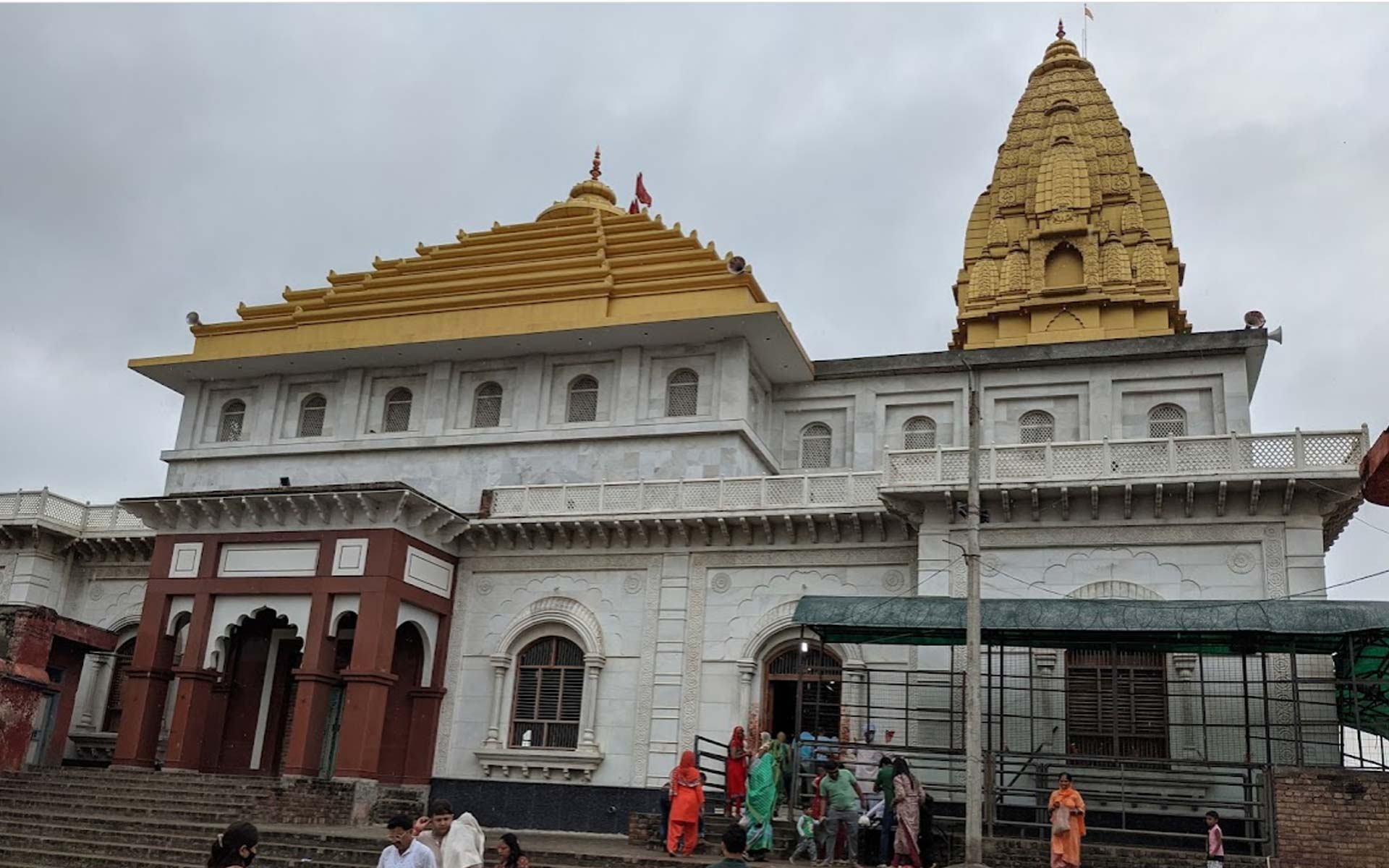
In Jhajjar
The Ancient Temple of Pandvas Bhimeshwari Goddess
There is a hint of mythology at Goddess Bhimeshwari Temple. According to a legend, the idol of the goddess was installed by Bhima, one of the Pandavas. Before Mahabharata battle, Bhima wanted to have blessings of Kuldevi. Yudhishthira and Bhima went to Hinglay Mountain (now in Pakistan) and prayed Kuldevi to move to the battle field and bless them with victory. The Kuldevi accepted the plea with the condition that Bhima will not drop her down on the way from the his lap and if he does so, she will go no further from that place.
While on way Bhima placed the idol of Goddess under the Beri tree and as per the condition, Kuldevi remained there. Unfortunately Bhima had to go to Kurukshetra battle only with blessings of Kuldevi. After 18 days of the war, a marvellous temple was built here.
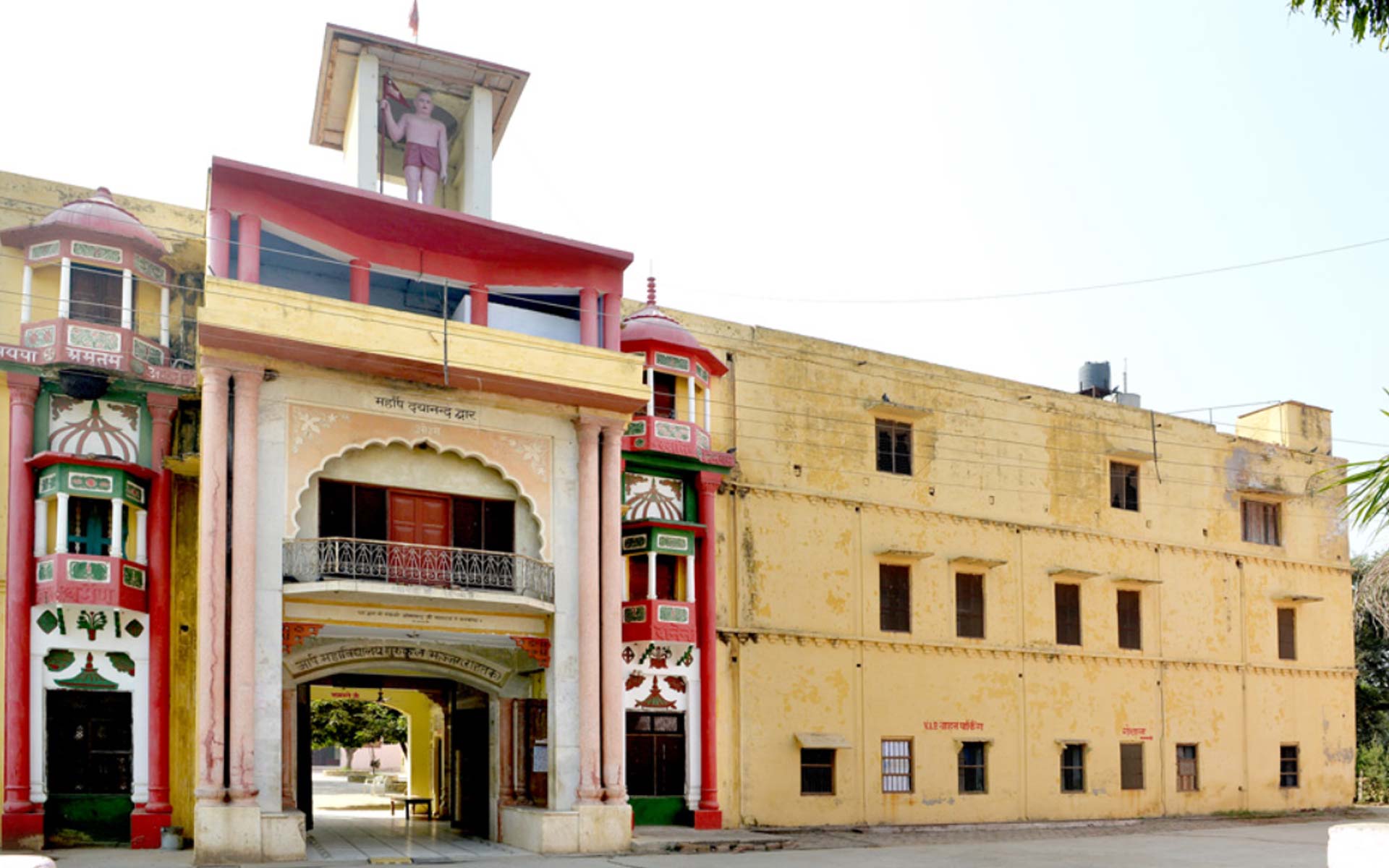
In Jhajjar
Gurukul, Jhajjar Museum
Gurukul Jhajjar Archeological Museum is a place of pride for the town. It is the biggest museum in Haryana. The committed and passionate effort of Swami Omanand Saraswati in collecting antiques from various parts of the country brought this museum into being in 1959. The huge museum has antique coins and beautiful variety of idols.
The major attractions are idols of Panchwati’s deer statue (referring to Sita’s kidnapping), Lord Vishnu, and Lord Ganesha. Meticulously and tactfully made wooden chain with no joints and a unique 'flexible' stone are worth-seeing.